A pair of six-panel Japanese folding screens by Tsunetake Yotei (n.d.)
First half of the 18th century.
The signature reads 67 year old Tsunetake.
The seals read:
-Tsunetake no in,
-Yotei,
-Seishin
Dimensions:
Each screen – H. 69” x W. 149” (176 cm x 378 cm)
A pair of Kano Grand Picture (Waga) screens depicting phoenix and peacocks rich with symbolic meaning. Dating to the first half of the 18th century, from the Kobikicho Kano school in Edo, this pair of folding screens spring from the height of the Japanese Tokugawa reign. The Kano school of art was within the Tokugawa dispensation and provided for its internal needs rather than a public constituency. A Kano decorated castle, or temple, was a way to acquire military standing and to ensure confidence in the steadfastness of their virtue. Temple residences, especially senior abbacies, were decorated similarly to castles, unsurprisingly as they were sponsored by the same warriors. Beyond image halls and places of ritual exercise, temples had abbacies, monastic living quarters and guest houses, all of which would be ornamented, as rich as any mansion, and in not a dissimilar way.
Kano Grand-Picture Waga invokes the broad notion of auspiciousness, especially its political dimension. The mythical phoenix was a symbol of peace and would only appear in a kingdom blessed with prosperity during the reign of a virtuous emperor. The paulownia tree was regarded as sacred and home to the phoenix, and the phoenix and paulownia together carried strong auspicious connotations. Peacocks communicate high status, wealth and power. This pair of screens would have left no doubt as to the status of their owner or patron.
Waga was understood as bold and colorful, with copious use of gold. The artists strived for luxurious tints and beautiful appearances. This pair of screens epitomize the concept and the startlingly fresh pigments and sublimely hued gold leaf effortlessly sweep the viewer to a previous epoch.
Tsunetake Yotei was an artist of the Kano school. He is listed in Araki Nori. Dai-Nihon Shoga Meika Taikan (Dictionary of Great Japan Calligraphy and Painting Masters). Tokyo: Dai-ichi Shobo. 1975. p.2435. His dates are unknown. Almost certainly he was a student of Kano Tsunenobu Yoboku (1636-1713) of the Kobikicho Kano. All of Tsunenobu’s well-known students used the first and third characters of his name, as is the case with Tsunetake Yotei.
-
Dimensions:Height: 69 in (175.26 cm)Width: 149 in (378.46 cm)Depth: 0.75 in (1.91 cm)
-
Sold As:Set of 2
-
Style:Edo(Of the Period)
-
Materials and Techniques:Gold LeafPaperWoodHand-Painted
-
Place of Origin:Asia
-
Period:Early 18th Century
-
Date of Manufacture:circa 1730
-
Condition:FairWear consistent with age and use.
-
Seller Location:Kyoto, JP
-
Reference Number:Seller: LU2472319431222




















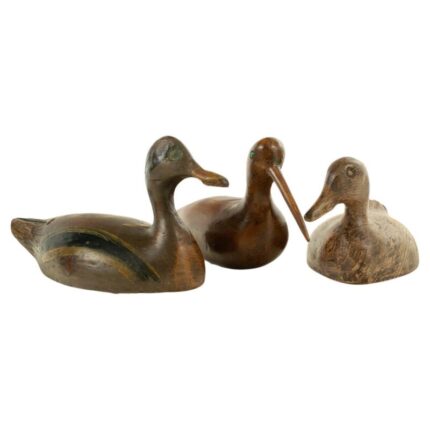



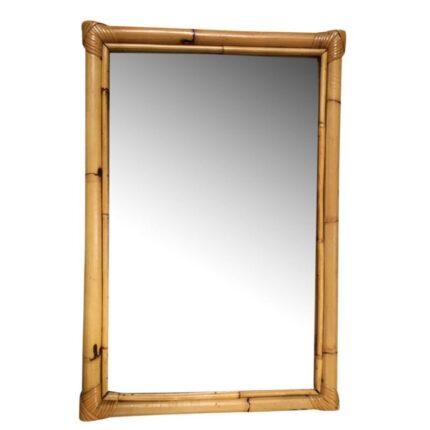

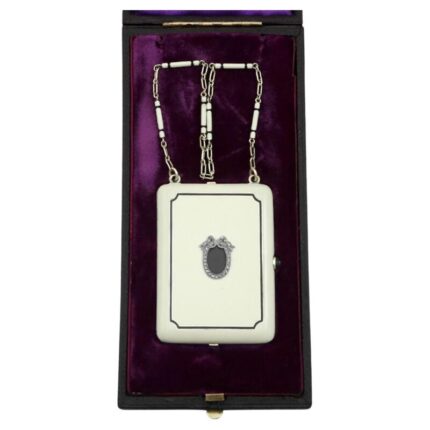

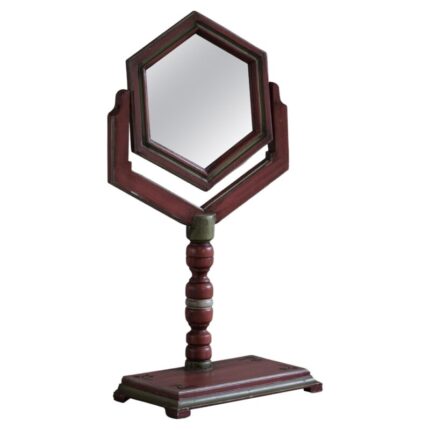

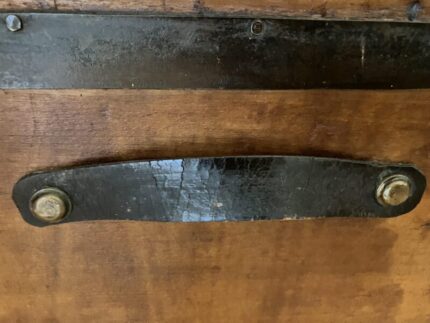



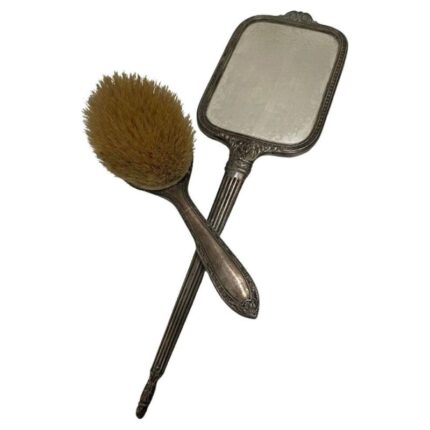

Reviews
There are no reviews yet.